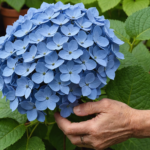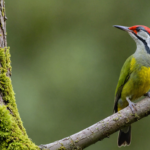About Laughing Gulls
The Laughing gull (Chroicocephalus ridibundus) is a seabird that belongs to the Laridae family. It is one of the most common and easily recognizable gulls found along the coastal areas. With its distinct appearance and behavior, the Laughing gull has captured the interest of birdwatchers and nature enthusiasts.
Physical Characteristics
Laughing gulls are medium-sized birds, measuring between 33 cm and 43 cm in length, with a wingspan of 85 cm to 110 cm. They weigh between 195 g to 375 g on average. These gulls have a white body, gray wings with black tips, and a colorful beak and legs. During the breeding season, their heads can change to a chocolate-brown color.
Habitat and Distribution
Laughing gulls are found along the coastal regions of North America, particularly along the Atlantic and Gulf coasts. They are also commonly seen in the Caribbean and coastal areas of Central and South America. These gulls prefer habitats near the coast such as beaches, marshes, and estuaries. However, they are not limited to coastal areas and can also be found inland near lakes, rivers, and even in urban environments.
Behavior and Feeding Habits
Laughing gulls are known for their social behavior and can often be seen in large groups, particularly during the non-breeding season. They are highly adaptable and opportunistic feeders, feeding on a variety of food sources. Their diet includes fish, insects, crustaceans, mollusks, and even garbage. Laughing gulls are skilled at catching their prey in the air or foraging along the shoreline.
Breeding and Reproduction
During the breeding season, Laughing gulls form breeding colonies near water bodies. They build nests on the ground or in low vegetation. The female typically lays 2-3 eggs, which both parents take turns incubating for about 22-26 days. Once hatched, the chicks are semi-precocial, meaning they are able to leave the nest and walk shortly after hatching. The parents continue to feed and protect the chicks until they fledge at around 4 weeks old.
Conservation Status
The Laughing gull is categorized as a species of Least Concern by the International Union for Conservation of Nature (IUCN). They have a widespread distribution and large populations. However, like many other seabirds, Laughing gulls face threats such as habitat loss and pollution. Conservation efforts are focused on protecting their breeding sites and ensuring the availability of their food sources.



